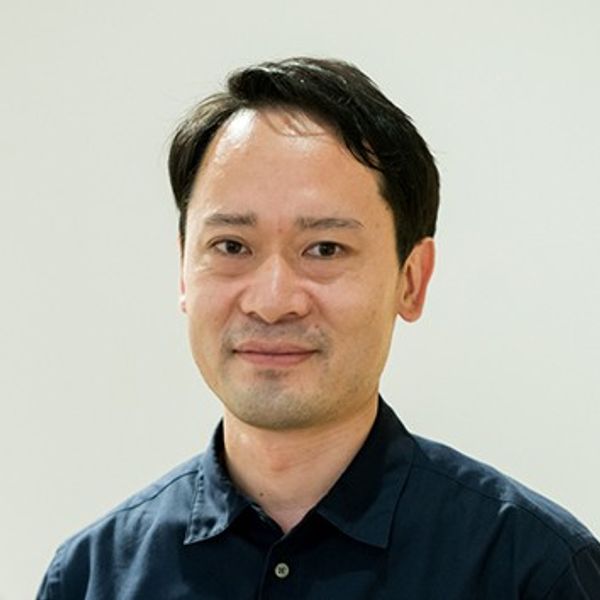Hirokazu Tokuyama
Curator
Mori Art Museum
Hirokazu Tokuyama is a Japanese curator celebrated for his innovative contributions at Tokyo's Mori Art Museum, where he has curated exhibitions blending art, architecture, technology, robotics, and societal culture. He began his career at Kyoto City University of Arts Gallery @KCUA in 2012 before becoming an Associate Curator at Mori Art Museum in April 2016.
At @KCUA, Tokuyama organised several solo and group exhibitions, including Guido van der Werve's' killing time', Yuki Okumura’s NA, Apichatpong Weerasethakul’s PHOTOPHOBIA, Futoshi Miyagi’s American Boyfriend: Bodies of Water, and the experimental group show KYOTO STUDIO.
Since joining Mori, Tokuyama has played a key role in organising major thematic and cross-regional exhibitions. He contributed to the curatorial team for SUNSHOWER: Contemporary Art from Southeast Asia 1980s to Now, providing a comprehensive overview of Southeast Asia’s art practices through social, historical, and cultural perspectives.
He was also a key curator for Future and the Arts: AI, Robotics, Cities, Life – How Humanity Will Live Tomorrow (2019–2020), a show exploring emerging technologies and their potential impact on cities and daily life. One of his recent notable projects is Theaster Gates: Afro-Mingei, a significant solo exhibition at the Mori Art Museum, which he co-curated.
Tokuyama is renowned for blending diverse media and voices—from traditional crafts to advanced robotics—while keeping a strong sense of place and cultural context. His curatorial projects show a deep involvement in cross-regional dialogues, particularly across Asia, exploring how art responds to rapid change, identity, memory, and cultural hybridity.
He spoke at NEXT In 2025 about how culture and urban development can be a regenerative force, saying: "How can we connect people and foster a new community after the development? The museum and the building sit in a rich and layered network. Art serves as a bridge to connect and gives an opportunity for the people to communicate."

